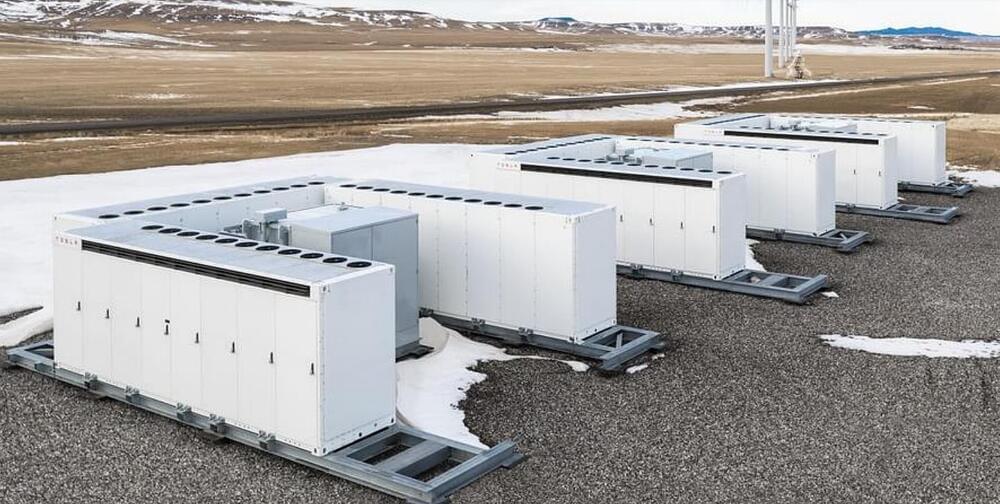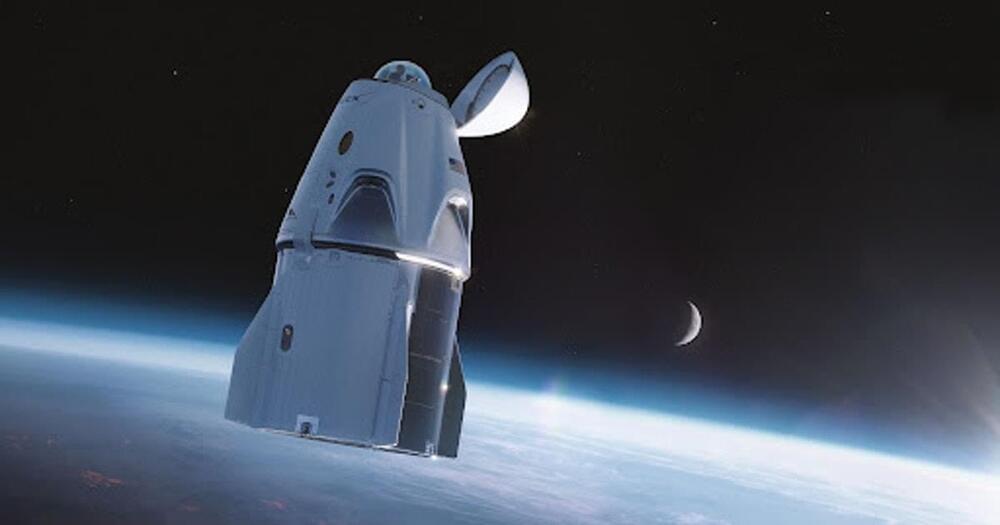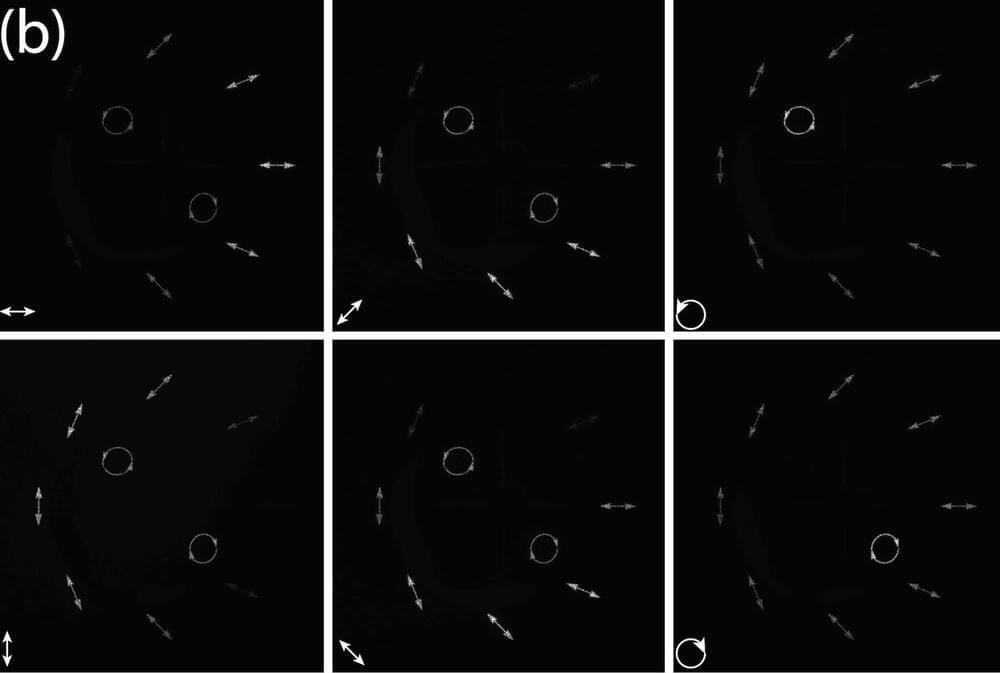The sleeping giant that is Tesla Energy is showing signs that it is waking up. This became quite evident in Texas as Tesla filed an application with the Texas Public Utility Commission to sell power in the state. Tesla’s application came as the company pursues a number of high-profile battery storage projects in the state, such as a 100 MW system in Angleton, TX, and a 250 MW battery near Giga Texas.
The flings, which were initially reported in Texas Monthly, were filed in mid-August by a new Tesla subsidiary called Tesla Energy Ventures. In classic Tesla fashion, the public details about the initiative are pretty scarce, though individuals familiar with the matter have noted that if the filings are approved this November, Tesla Energy Ventures may very well stand out among the state’s crowded, deregulated retail energy market.
Texas is home to numerous electricity companies, and Tesla, which has made a name for itself as a premium brand, would likely not fight it out with the state’s bargain power retailers. Tesla could have an edge against its competitors, however, as the company could sell power that is either drawn from the grid or pulled from residential Tesla batteries in the event of a blackout. Tesla may even allow Texans with solar panels to earn money by sharing their excess power with the grid.








